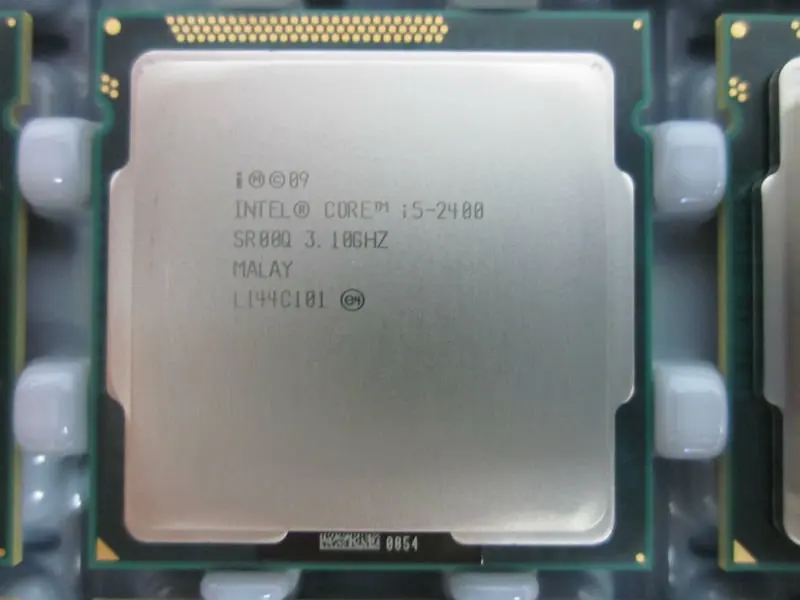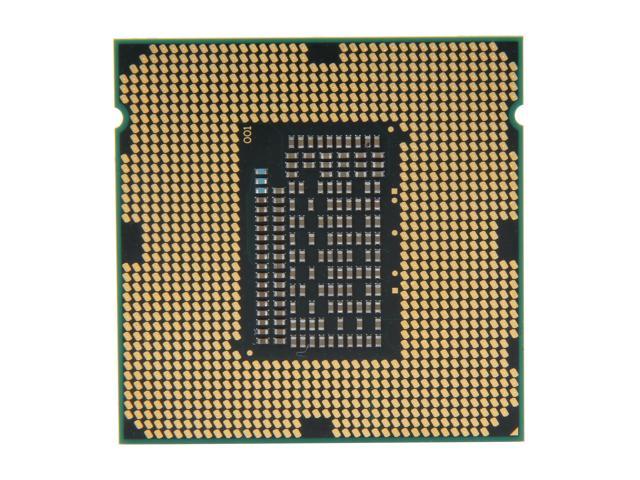

DDR5 on Intel Core i9-12900K Alder Lake Review Nov 4th, 2021 Intel Core i5-12600K Review - Winning Price/Performance.Nov 4th, 2021 Intel Core i7-12700K Review - Almost as Fast as the i9-12900K.Nov 4th, 2021 Intel Core i9-12900K Review - Fighting for the Performance Crown.Intel Core i5-10500 Market Segment Analysis
#INTEL CORE I5 2400 TURBO BOOST MANUAL#
The fourth (red bar) is a manual overclock that cranks the base clock up to 103 MHz. The third data point (blue bar) is the processor with power limits relaxed and maximum Turbo frequencies engaged. The second (brown bar) has its memory clock lowered to DDR4-2666, which is the reference memory frequency of this processor on B460 or H470 chipset motherboards. The first one (green bar) is the processor out of the box, with the motherboard made to respect Intel specs for power management. We tested the Core i5-10500 in four configurations. There are no iGPU-devoid "F" SKUs of this chip. On paper, AMD has forward-looking features, such as PCIe gen 4, but lacks an integrated GPU, which the i5-10500 has.


We pit it against the formidable Ryand 3600X from the AMD stable. In this review, we take a close look at the Core i5-10500 processor to tell you if it's worth spending the extra Jackson on this chip over the Core i5-10400, or saving some money over the Core i5-10600K. Given the i5-10500 has its TDP (PL 1) set at just 65 W, there's a bit more potential to squeeze out performance than with the i5-10400 because the multipliers are set two notches higher. You can also drive up the base clock itself, as well as eke out more performance by tinkering with the DMI and PCIe clocks. Intel has, however, dropped many restrictions on power management by motherboard vendors, letting you practically play with the power limits on even the lower-cost chipsets, like H470, B460, and H410. The Core i5-10500 isn't an unlocked processor, meaning you can't use the base clock multiplier to overclock it. Compared to the previous generation Core i5 processors, which were 6-core/6-thread chips with 9 MB cache, the 10th generation Core i5 desktop processor family maxes out the 6-core "Comet Lake" silicon that resembles the "Coffee Lake" die, and features 12 MB of 元 cache. Intel's Core i5-10500 is based on the 10th generation "Comet Lake" microarchitecture, which enables HyperThreading and increases 元 cache sizes across the board to make the absolute most of the "Skylake" core design that's been in use for the past four generations. At 4.50 GHz, its maximum Turbo Boost frequency is 200 MHz higher than the Core i5-10400. The Core i5-10500 reviewed today is a 6-core/12-thread processor that strikes the psychologically pleasing 3 GHz barrier, and it is clocked at 3.10 GHz (the i5-10400 ticks at 2.90 GHz). It's $20 away from the Core i5-10600, and a further $40 should get you a Core i5-10600K. The Core i5-10500 in this review is priced at $200, or $20 more than the Core i5-10400, and $40 more than the Core i5-10400F. Intel likes to bolster its Core i5 product lineup with several models in the middle, spaced apart by $20–$30 in pricing. This is one of the product stack filler SKUs Intel has between its popular products, such as the Core i5-10400/F and Core i5-10600K. Today's Comet Lake review is about the Intel Core i5-10500 six-core processor.


 0 kommentar(er)
0 kommentar(er)
